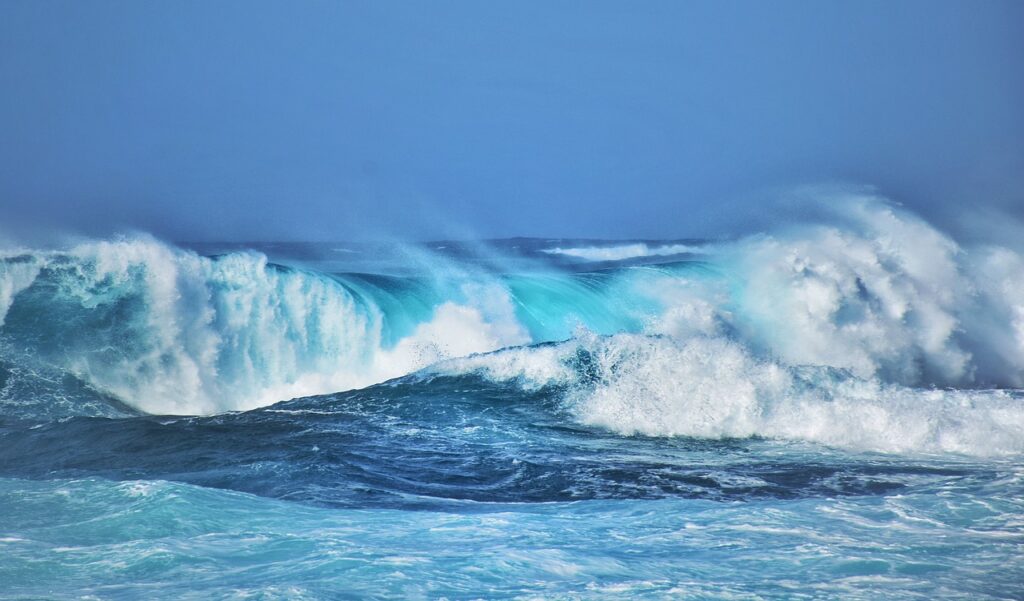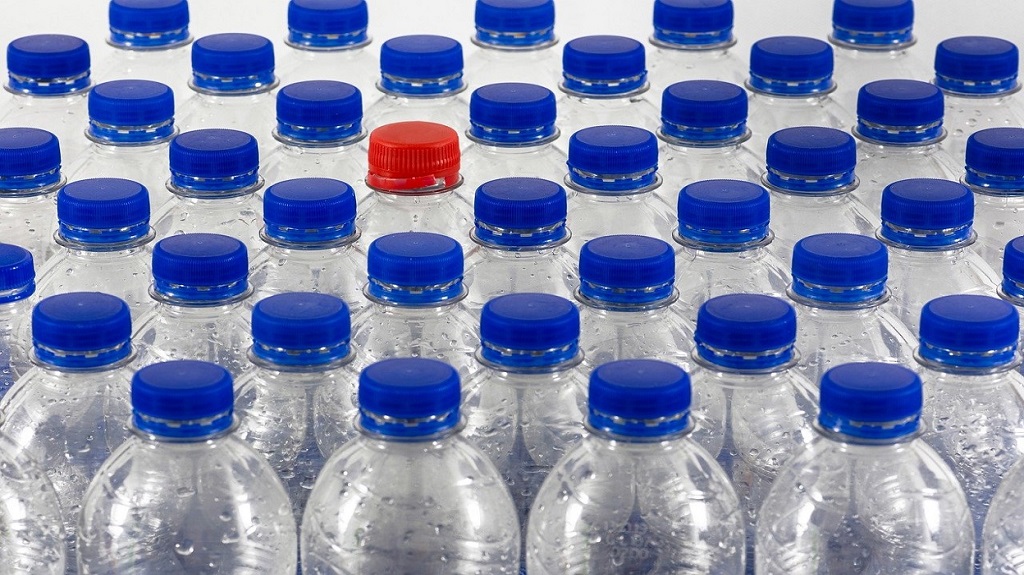Tides are formed due to the influence of the gravitational force of the moon, the sun, and other planets on Earth. The waves take birth in large water bodies like oceans but are strongest at the shore and estuaries. The event occurs daily but the waves get peak when the moon is closest to the Earth. The tides are one of the factors that give rise to strong ocean currents.
Water slides up and down following a regular pattern at the place where large water bodies meet the land surface, called tides.
The ocean currents represent the horizontal movement of ocean water from one location to another. Their speed is measured in knots or meters per second.
This article will explain how tides are formed in the ocean/sea.
Introduction:
Our planet is unique and looks very different from outer space. Over 70 percent of Earth’s surface is covered with water and it is the only known planet to support life. Earth has all resources that are necessary to sustain life. The Earth receives optimum heat from the sun which maintains the temperature that holds liquid on its surface. Earth’s atmosphere is 78 percent nitrogen, 21 percent oxygen, and 1 percent other gases. The atmosphere is the natural shield that protects our planets from celestial enemies such as harmful radiation, meteoroids, comets, etc. The Earth’s magnetic lines protect our planet from harmful cosmic radiation and charged particles emitted from the sun during solar flares. It is a hidden shield that extends thousands of kilometers loop into space and is formed due to molten metals in its core.
How tides are formed
Tides are formed when water slides up and down following a regular pattern on a large rigid surface or at the place where water bodies meet land surfaces. Scientists upon studying its behavior closely find tides become intense.
All tides formed on the Earth’s large water bodies that range from mild to violent are due to the influence of a special force from space, which is gravity.
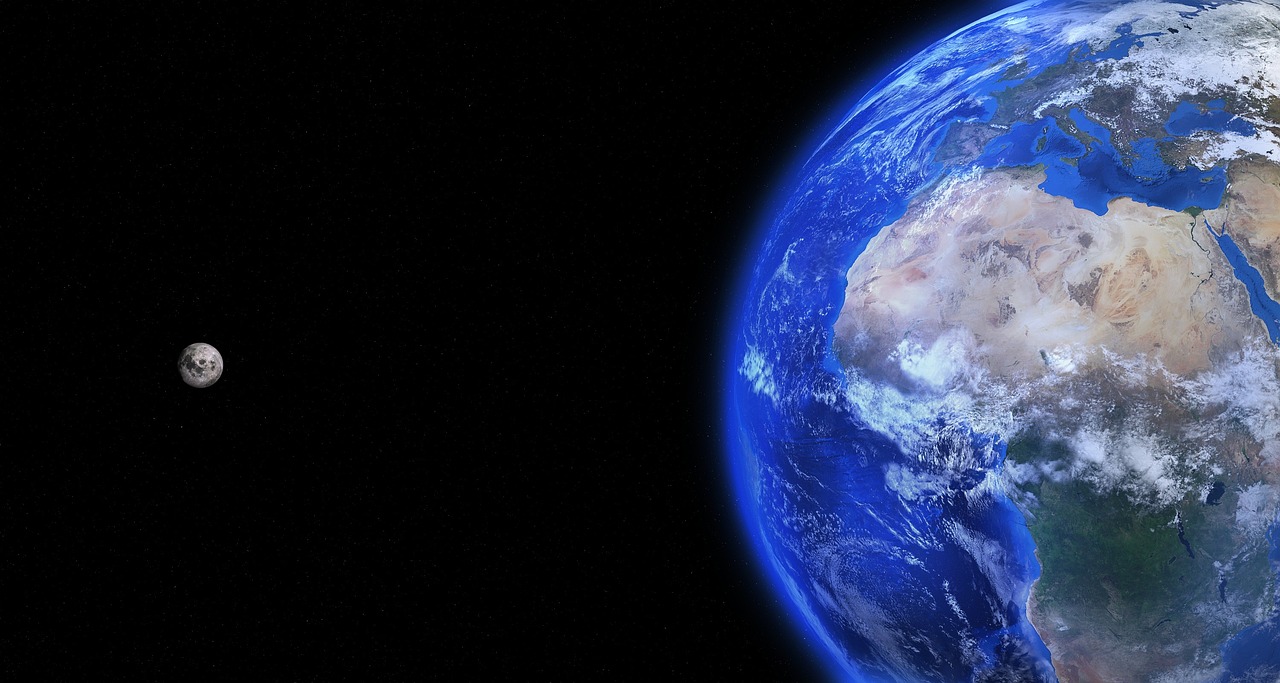 Earth and Moon
Earth and MoonMost of all the tide formed on the Earth is due to the gravitational force between the Earth and the moon and also due to the sun’s gravity up to some extent. The sun is so huge that it induces tides on Earth through its gravitational force. The sun’s gravitational force binds the planets into their imaginary orbit. The magnitude of the Moon’s gravity is greater on Earth than the sun because the moon is closer to the Earth.
Formation of tides is due to Gravitational force on the Earth from the moon:
Due to the gravitational force between the Earth and the Moon,
1. The Moon pulls the closest portion of the Earth towards it more compared to the central region of the Earth.
And that is why the closest portion of the Earth or side of the Earth facing the moon stretches and emerges towards it.
2. The Moon pulls the central portion of the Earth towards it more than the distant region of the Earth, which is why the distant portion of the Earth stretches and emerges away from it.
The distortion in the structure happens on both sides of the Earth that are facing opposite each other. The gravitational force due to the moon on the Earth disturbs the stability of the large water bodies covering the Earth’s surface. The structure of the Earth is a little stretched and emerges horizontally on both sides. The emergence is the emergence of water from the water bodies. One emerged in the direction of the Moon and another opposite direction of the Moon.
When the moon revolves around the Earth and Earth revolves around Sun, due to the influence of gravity the water level in the ocean fluctuates due to its emergence and gives birth to a strong wave of high tides and low tides.
The same action happens due to the sun and other planets. The gravitational force is directly proportional to the mass of an object, which means the more the mass of an object the more gravity on the other object. The moon is lighter than the Earth, so if there were ample water bodies on the moon like Earth then Earth’s gravity would cause extreme tides on the moon’s surface.
High tidal waves cut the rocks gradually and are one of the reasons behind the ocean currents. There are many places on the Earth where tides are violent and cause disaster.
Tides can also form due to bad weather:
Storms like Hurricanes, typhoons, and cyclones reduce the air pressure on the water surface, and due to low air pressure, the tides in the oceans attain more heights giving birth to intense high waves. These highly intense tides disturb the movement of cargo ships.
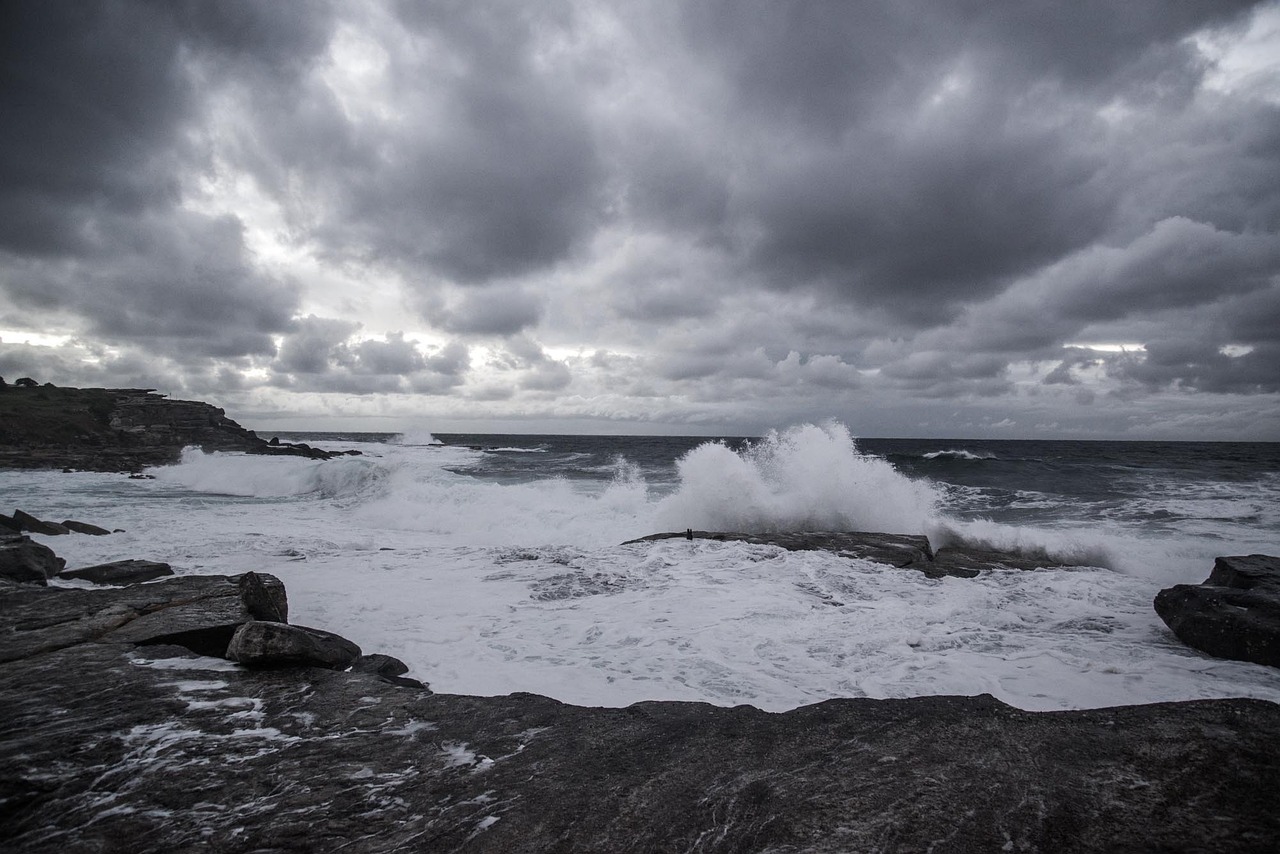 Ocean waves
Ocean waves
Ocean Currents
Ocean current is the enormous movement of ocean water from one location to another horizontally. It is a natural process caused by various driving forces such as wind, tides, and differences in water densities.
Ocean currents are predictable, often travel at a constant speed, and are measured in knots. Ocean water can move either horizontally or vertically. Horizontal movements are called currents whereas the vertical upper and lower movements are called upwellings and downwellings respectively.
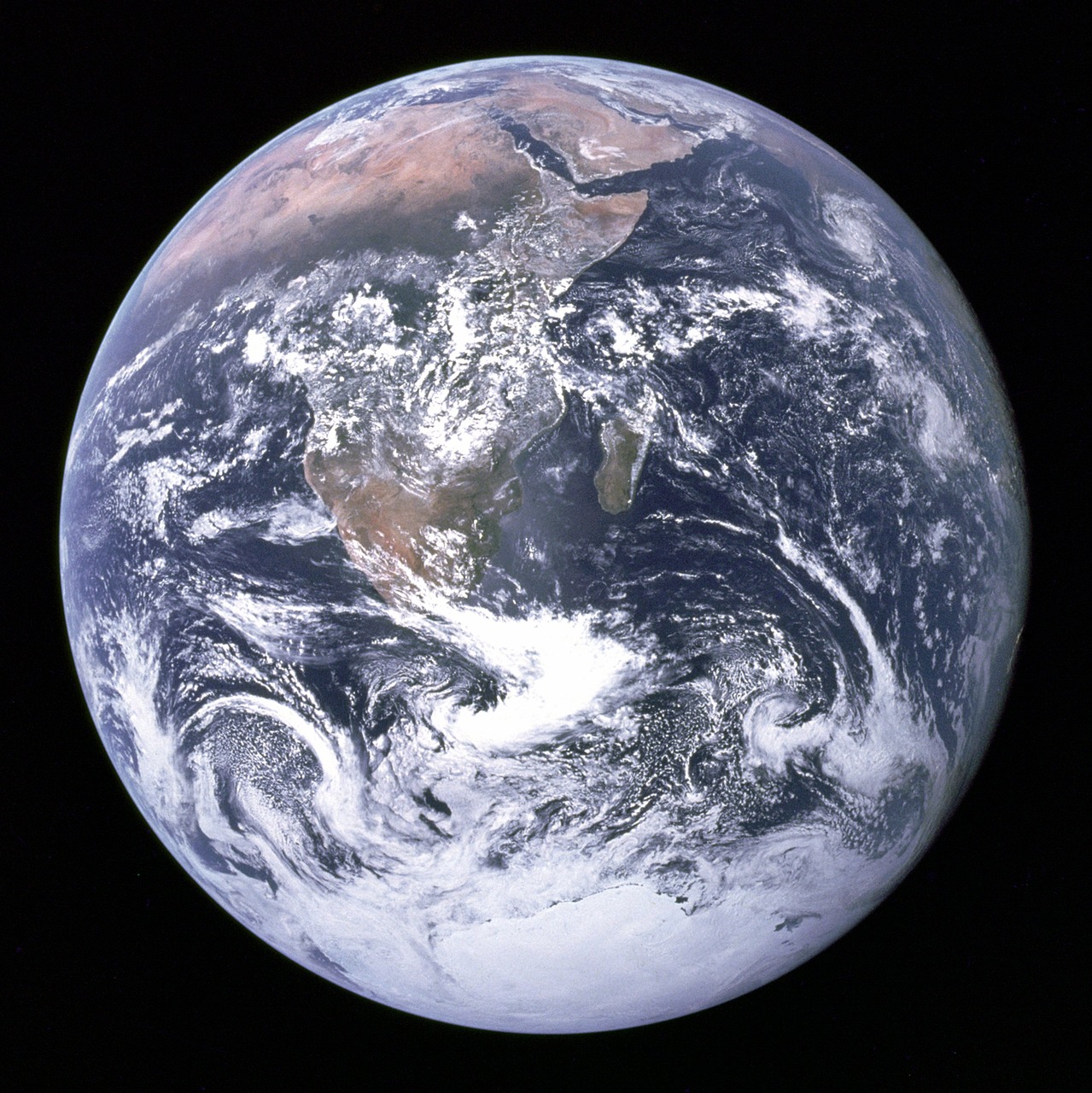 Ocean currents
Ocean currents
The ocean currents affect climatic conditions, rainfall, fog fermentation, and desert formation.
When a high-velocity wind flows close to the surface of the water body it draws water causing it to flow. This water flow may get intense during the extreme wind flow. The high-velocity wind causes storms and its spinning direction is opposite in the northern and southern hemispheres due to the Coriolis effect.
What is the Coriolis effect?
A Coriolis effect is a phenomenon that causes fluids like water and air to curve as they travel across or above Earth’s surface.
Due to the Coriolis effect storms/hurricanes in the southern hemisphere, spin clockwise while in the northern hemisphere, they spin anti-clockwise.
Deep in the ocean, the water flows due to differences in density. Water density can is affected by salinity, temperature, and ocean depth. The water becomes denser with colder and salinity. The more the density difference the more circulation. This water circulation system due to density difference is called a global conveyor belt.
The global conveyer belt carries less dense water from the equator towards the pole and denser water from the pole towards the equator with warm surface currents and cold deep ocean currents respectively. During the flow, they naturally transport minerals and aquatic animals from one region to another in bulk and help distribute global ocean temperature.
Useful Glossary –
- 1 knot – 1.85 kilometers per hour
- Lunar month – A period when the Sun and Earth’s equator are on a common plane with maximum gravity.
- Radiation – Radiation is a wave that carries energy and travels at the speed of light from an energy source through space obeying certain principles.

